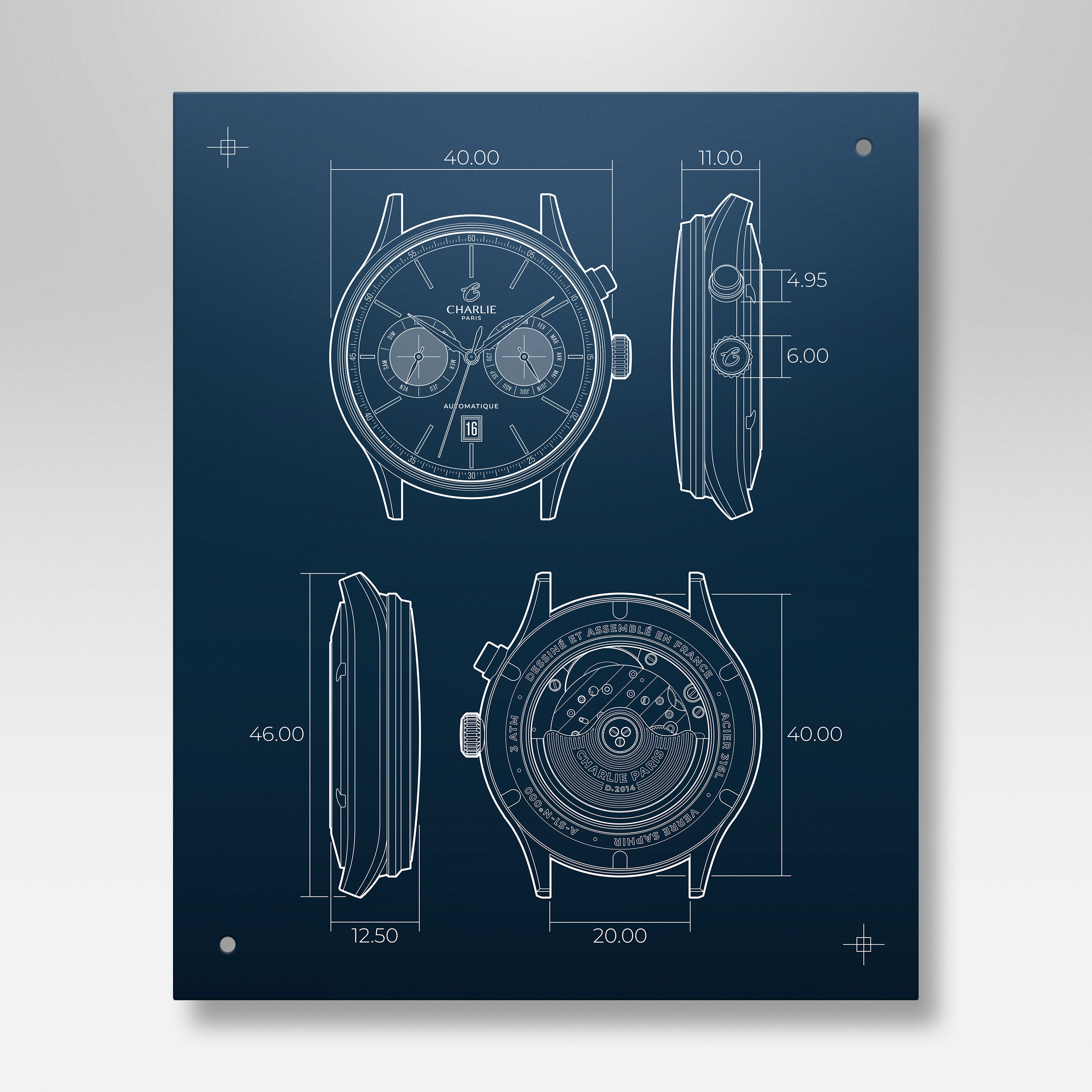
Tourbillon in a watch: What is it for?
- The tourbillon is a complication that originated when Abraham-Louis Breguet noticed at the end of the 18th century that the mechanical watches of his time were systematically running ahead or behind. This delay was caused by the earth's gravity. Indeed, at that time, watches were pocket watches, which were carried in a pocket and therefore were systematically in a vertical position. Thus the balance and the balance-spring, also called regulating organs of a watch, were, under the effect of gravity, more attracted towards the ground, and the oscillation carried out by the balance was not as regular.
- With Abraham Louis Breguet's first tourbillon, the idea was to allow the balance to oscillate not only in a vertical position but also at 360°, which would compensate for the phenomenon of gravity. In 1801, he filed a patent for the first tourbillon, but this technical feat was not revealed to the general public until 1806. The tourbillon of a mechanical watch is a cage containing the balance wheel, the balance spring and the escapement system. This cage turns on itself and makes a complete rotation in one minute.
- Since then, the tourbillon in a mechanical watch has been constantly revisited and improved by the great watchmakers. Thus, at the end of the 20th century, it was determined that the tourbillon would be more effective if it was inclined at 30 degrees, and then the tourbillons began to rotate on 3 axes like the Gyrotourbillon by Jaeger LeCoultre. It seems important to note that with the advent of the wristwatch in the early 20th century, the need for the tourbillon to gain precision became less obvious. Indeed, when a watch is worn on the wrist, it is never in the same position, so the effects of gravity are naturally compensated. Whether for a men's watch, a women's watch, and especially for an automatic watch, the tourbillon watch remains a symbol of fine watchmaking, the witness of a real watchmaking know-how whose complexity never ceases to fascinate and amaze us!











Leave a comment
This site is protected by hCaptcha and the hCaptcha Privacy Policy and Terms of Service apply.